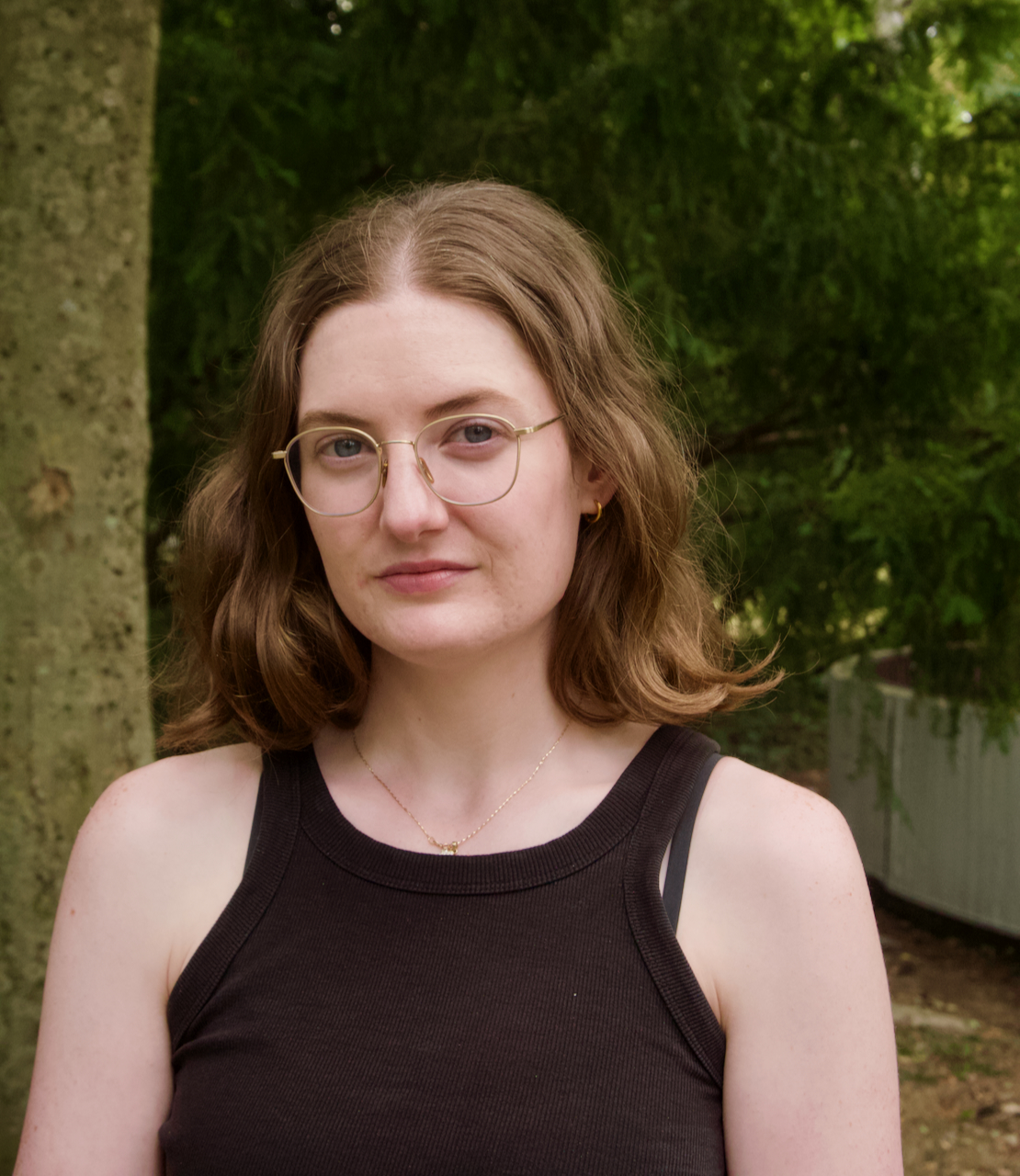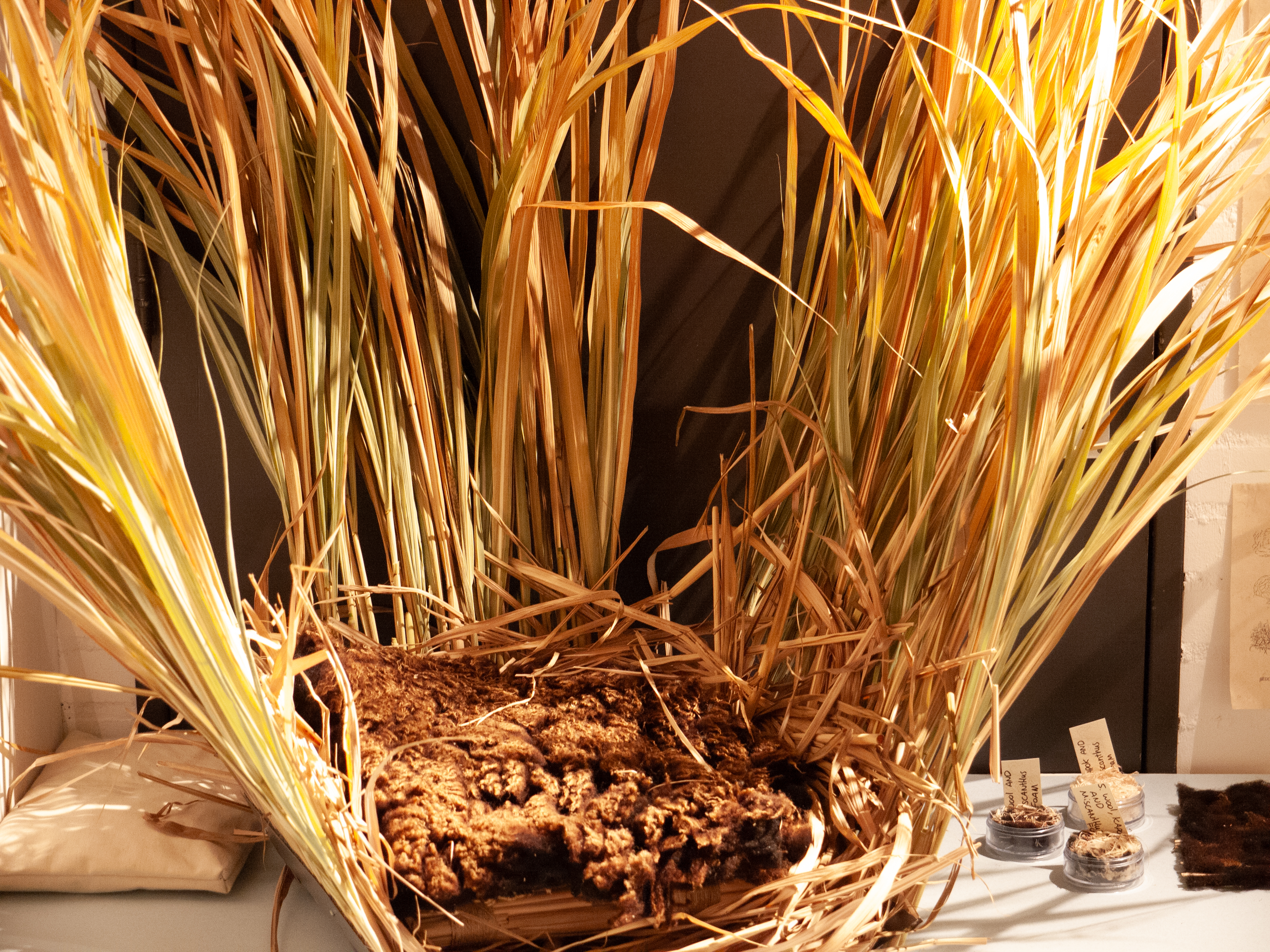Introduction to The Art School Reinvented, WdKA's ongoing web-to-print publication
Why change?
Well, to begin with, because our world is changing, confronting our graduates with the reality of professions that are continually adapting to a society that is not only in flux, but also presents increasingly high demands. Our graduates must deal with an upsurge of unforeseen complexities, evolving values and shifting moral codes; new concerns dominate the global agenda, facing us with rapidly developing technology and massive challenges in fields such as sustainability, overburdened healthcare systems, and increasing migration and globalisation.
The creative industries are also being redefined and recalibrated in relation to all of these issues. Large design agencies are increasingly fragmented, and multinationals have returned to having their own internal design departments, while in the Netherlands for example, almost 90% of artists and designers in the creative sector are working as freelancers or running their own independent agencies. Young professionals must, therefore, rely, economically as well as creatively, on their own resourcefulness, professional networks and project-based collaborations._1
The art school as an institute also needs to rise to meet these new challenges, accepting and embracing the fact that knowledge is no longer the exclusive property of academies, universities, professors or tutors; nowadays, know-how and skills are increasingly distributed, networked and shared on a grand scale. Today’s art school should serve as a nucleus for these activities, yet it often fails to fulfil this role._2 Now more than ever, education requires forms of pedagogy and organisational structures that reflect these dynamics.
Knowledge is no longer the exclusive property of academies, universities, professors or tutors; nowadays, know-how and skills are increasingly distributed, networked and shared on a grand scale.
At the Willem de Kooning Academy, our goal has always been to offer students an education that is innovative, relevant, and distinct from that of other Dutch and international art schools._3 Our recently updated curriculum provides highly individual study paths, focuses on interdisciplinarity and on current and future social issues, and paves the way for new creative professions. Our curriculum is designed to help students become self-aware, self-directed and confident. Graduates have a clear understanding of where they want to go and the role they will play in shaping their own profession. They are prepared to face what are often harsh realities, and to present themselves as highly employable, critically thinking, creative practitioners.
In order to meet these goals, the Willem de Kooning Academy had to discover new methods of teaching. The ways in which students now learn are quite different from how their tutors were previously used to doing things. Since knowledge is shared, rather than being the exclusive property of any individual tutor or professor, students are no longer content to sit through long lectures to hear what someone once wrote, or to gain authoritative knowledge. They expect to be challenged, they demand up-to-date knowledge, and they wish to engage in dialogue and to be part of a learning community where learning is actually a form of social engagement as well as the fulfilment of an individual desire to grow as a person and as an artist. In response, our tutors have also grown and adapted to their newfound role as coach and catalyst, as well as the source of knowledge and insight. It is well understood that students learn from each other and that skills and knowledge can and should be found and developed outside as well as within the academy. In order to remain relevant and contemporary, we continually encourage and explore bold, innovative approaches to pedagogy. Our staff members engage in research that allows them to remain in touch with ongoing developments, and we regularly invite guest tutors who can inform our learning community about what is happening right now, or show us what is just over the horizon.
Our tutors have grown and adapted to their newfound role as coach and catalyst, as well as the source of knowledge and insight.
We have also completely redesigned our workshops, studios, workspaces, physical and digital learning environments, as central focus points within the academy where students and instructors can meet, make, and prototype alongside each other. The workshops and studios, now rebranded as Stations, are designed to promote research through making, and architecturally constructed to accommodate cutting-edge technologies as well as time-honoured techniques and traditional crafts. In the stations, prototyping is integral to the research process, as can be seen in the many projects featured in this publication, as well as other examples of work that can be found on our website.
During the course of our four-year education programmes, the emphasis within the curriculum gradually shifts from craft-oriented programmatic specialisations toward what we now call Practices. Rather than focusing solely on professional disciplines, as was the case in the past, our curriculum is now structured around these three Practices: Autonomous, Social and Commercial. Within the present publication, each Practice is described in detail, with a response from the professional field, and supplemented with examples of projects that demonstrate how individual students interpret what this dialogue means within the context of their own work. These Practices can also be understood as different orientations within an art or design discipline, each driven by its own specific vocabulary, context, set of research methods and criteria.
Our Stations are designed to promote research through making, and architecturally constructed to accommodate cutting-edge technologies as well as time-honoured techniques and traditional crafts.
Now that the new curriculum is solidly established, with the most recent graduate projects exceeding our expectations, we are looking further towards future horizons, reflecting on how we can continue to grow and responding to current developments. For example, and based on the understanding that interdisciplinary expertise and exchange are crucial to today’s creative sector, we have recently launched a dual-degree programme in collaboration with Codarts University for the Arts and the Erasmus University Rotterdam, under the name Rotterdam Arts and Science Lab._4 A new endeavour that will no doubt open up new uncharted territories for our art academy…
Our educational and research institute is and must continue to be, a dynamic and responsive organisation, of which the many parts together constitute a greater whole. Above the main entrance to our academy there is a famous quote by the artist Willem de Kooning that says: ‘I have to change to stay the same’. Creativity and innovation by definition require taking risks, self-critique, and pushing one’s own boundaries beyond what has become conventional or familiar. This means being attentive to changes in society; being more inclusive of an increasingly diversified population; remaining open, at times even vulnerable, to our surroundings; and perhaps most importantly, understanding that these attitudes do not come from weakness but from strength, and that they provide us with mechanisms for continual growth, renewal and experimentation. These are the qualities of the Willem de Kooning Academy, which make it a truly exceptional place to work and study.
I have to change to stay the same.
- An excellent description of the organisation of work in the creative industry can be found in Trends 2015/2016: De mens een merkwaardige trend (People: A Remarkable Trend), GOC 2016.
- Tugend, Alina. A Meeting of Minds, The New York Times, June 23, 2016, The New York Times in Education.
- In accordance with the assignment formulated by the government of the Netherlands, following the advice of R. Dijkgraaf, ‘Onderscheiden, verbinden, vernieuwen: de toekomst van het kunstonderwijs’, (Distinction, Connection and Renewal: The Future of Art Education), Den Haag, May 2010.
- www.rasl.nu
View the publication here.




